Therabody RecoveryAir Pro compression boots review
Dr Graham Theobald and his team of physios and athletes at The Body Rehab evaluate the latest pneumatic compression recovery system
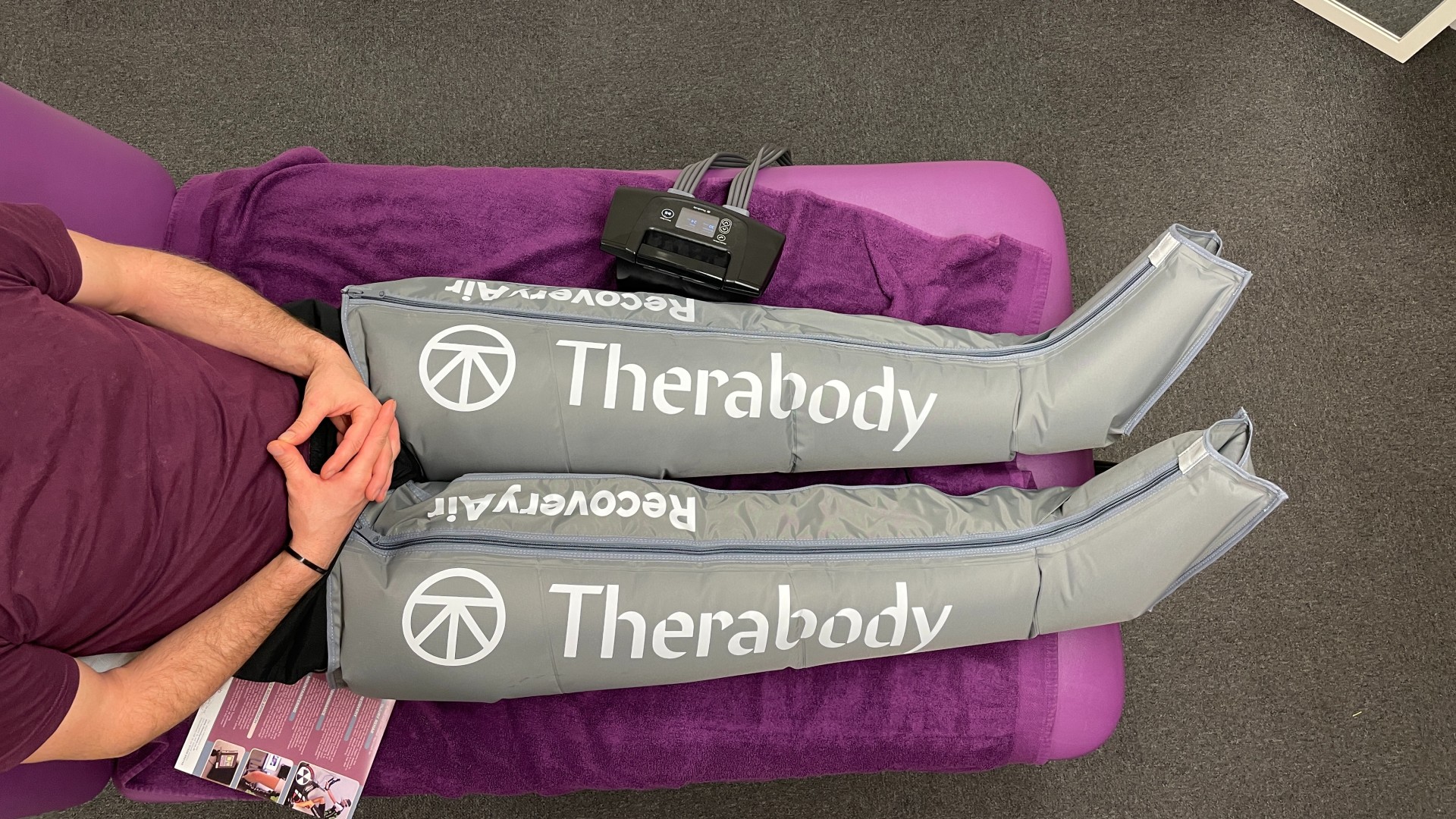
Therabody’s RecoveryAir Pro has excellent build quality, ease of use, R&D, science behind the product, ability to adapt settings to individual requirements and ultimately, performance. If you value recovery I would certainly recommend trying this product. The reason why it didn't score 5/5 is because of the cost to the average athlete.
-
+
Build quality
-
+
Ease of use
-
+
Backed by science
-
+
Ability to adapt to individual requirements
-
+
Performance
-
-
High price
You can trust Cycling Weekly.
Therabody RecoveryAir Pro compression boots are one in a growing number of products that have appeared in the last year in response to one of the latest recovery trends, compression legs. It seems that their use is both on the increase and to some degree, more affordable.
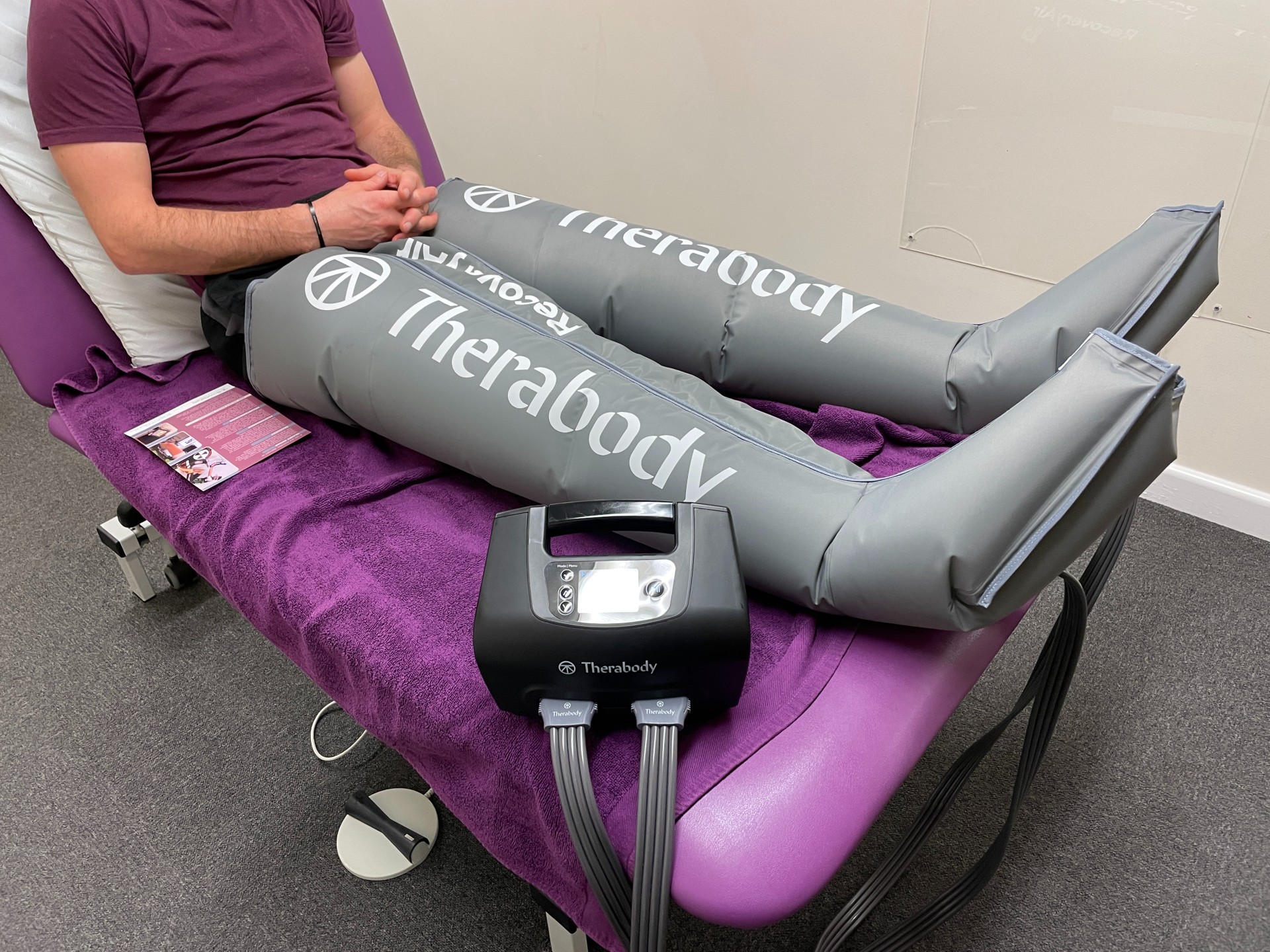
In general, compression therapy is seen as good for athlete recovery, improving blood circulation, reducing soreness and inflammation and/or removing excess fluid and toxins from our body. These so-called toxins are not entirely understood but the process is claimed to work by applying graded pressure to the lower limbs which in turn boosts circulation and encourages free flow of lymphatic drainage in our body. This pressure varies between devices: some are simply on or off while others, such as the Therabody RecoveryAir Pro, produce a more graded and gradual pressure from the feet (distal) to the groin area (proximal) which seems more in line with the body’s natural venous return process.
How does Therabody RecoveryAir Pro work?
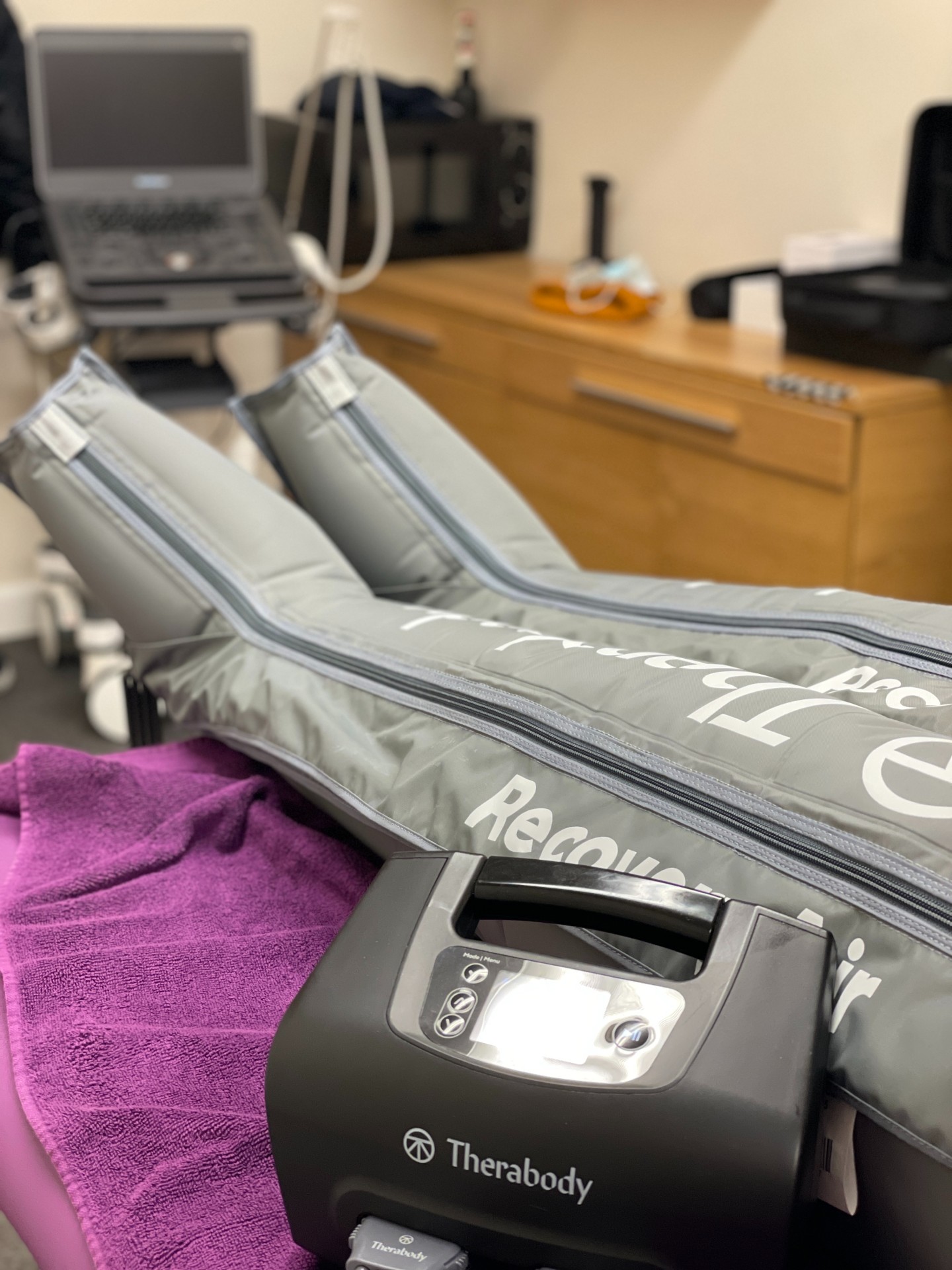
Therabody RecoveryAir Pro compression legs come with an air pump that inflates and deflates the sequential chambers, compressing your body in intervals. This can be especially useful after injuries and hard efforts to remove any waste products accumulated. After compression comes a relaxation phase where fresh, oxygenated blood is returned to the area, helping to cleanse and hopefully recover more effectively. The importance of good blood circulation is widely accepted and its positive effects on our body well researched.
In theory, with compression therapy you receive a boost in blood circulation even when you are not moving. This could also be seen as extremely useful for people with reduced mobility: however, research in this area is minimal, likely due to potential study limitations and clinical implications.
For those that are not injured, alongside the benefits outlined, the compression legs claim to help to relieve the heaviness you feel in your legs after a long ride. Thus, why WorldTour teams such as Quick-Step use them (Normatec) in stage races and post one-day Classics. The team's James Knox has used them in stage races and recommends them to enhance recovery between stages.
Therabody RecoveryAir Pro's build quality and reliability are excellent. Alongside easy application and control from Bluetooth as well as the on-board unit made it very easy to use. If there was a negative it would be the cost from an average athlete’s perspective. Many cyclists may have other ideas for their hard earned £1,100. Let's take a look at what they're like in use and then try to evaluate whether they're worth the outlay.
Therabody RecoveryAir Pro in use
Therabody has become quite a force recently and having acquired RecoveryAir, now has a platform to support its other top-end massage/recovery products. Its approach to the science and research remains refreshing and indeed they were very open to discussing their products when contacted.
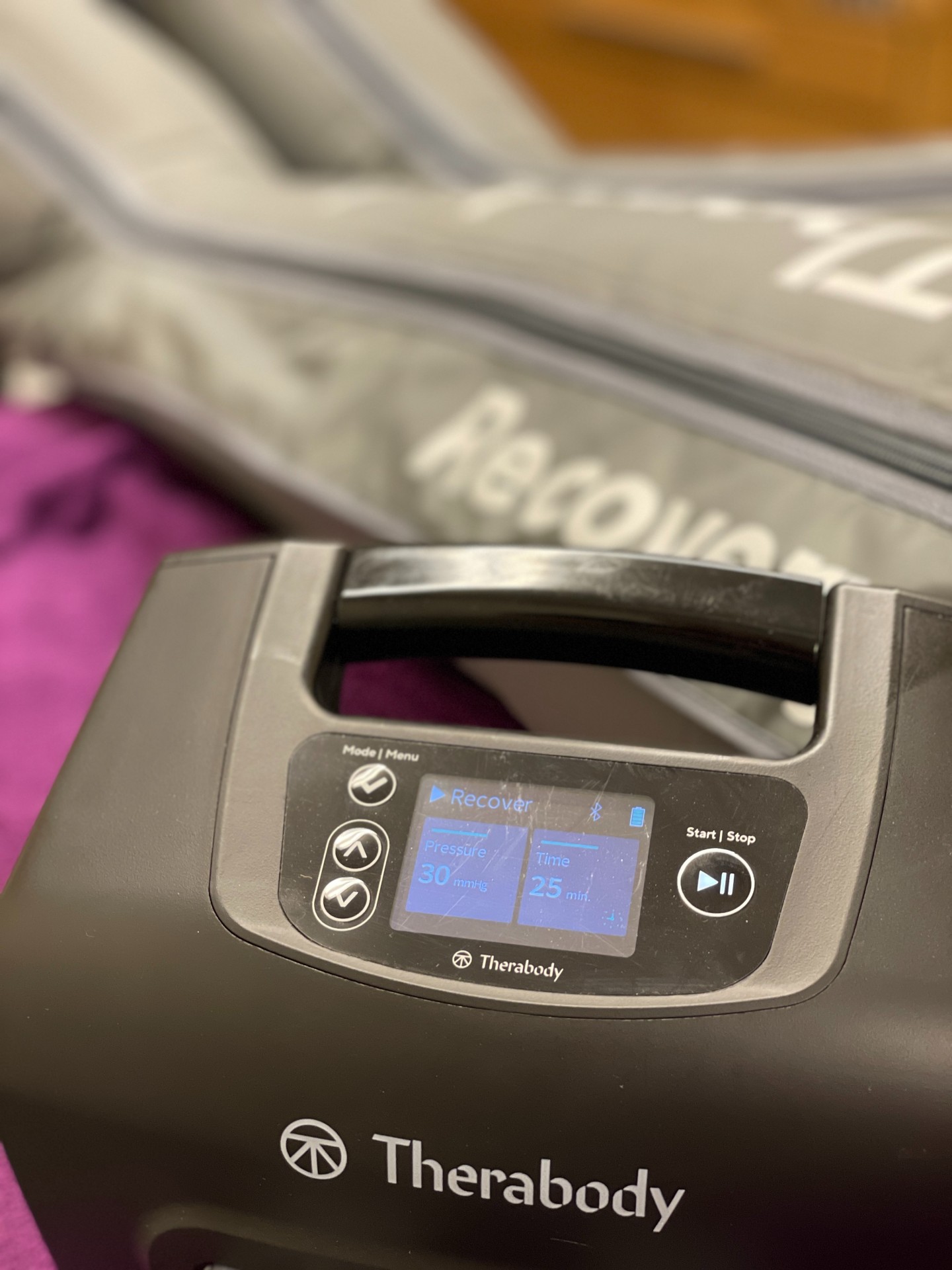
Having a Bluetooth platform integrated into the Therabody RecoveryAir Pro makes a big difference in its application. Therabody’s presets seem to be spot on for what we were using them for. With compression therapy there definitely seems to be variability in toleration. RecoveryAir allows easy changes to be made via the app and less seems to be more with compression. Therabody seems to take this approach with comfort being up there alongside application. For our testing, especially as it was post hard workout, a degree of relaxation is also required and so this approach seems to make sense. The last thing you need when recovering is to be stressed by a somewhat painful procedure.
Does Therabody RecoveryAir Pro work?
So do they work? Once the user understands the system, they performed well, with all athletes and clinicians reporting feeling more rested afterwards. Being researchers as well as clinicians we did try to apply as much methodology as possible. However, without strict protocols and possibly blind testing with placebo treatment it was always going to be a challenge and in turn became somewhat anecdotal. That said, and purely from a personal perspective I did see an interesting significant change in my ability to perform in repeated workouts after using the products.
Value and conclusion
Could these products be for you? They are affordable for many at around £1K. Are they worth it? Well, if you value maximising recovery, perhaps in particular over the winter after hard indoor sessions then these could be a useful tool.
Are there other comparable products out there? Indeed, and we have had access to Myomaster Myoair Elite to compare. Whilst the theory is similar it is very clear that Therabody is way ahead of the competition we tested in build quality and application. Price? Well, there isn’t much difference to be fair so in our opinion, out of those we tested, we would go for Therabody every time.
| Therabody RecoveryAir Pro | Header Cell - Column 1 | Header Cell - Column 2 |
|---|---|---|
| 5 guided treatment programs | Row 0 - Cell 1 | Row 0 - Cell 2 |
| 4 hygienic internal overlapping chambers | Row 1 - Cell 1 | Row 1 - Cell 2 |
| Faster recovery with more cycles in less time | Row 2 - Cell 1 | Row 2 - Cell 2 |
| Precise pressure control (20-100 mmHg) | Row 3 - Cell 1 | Row 3 - Cell 2 |
| Smart connectivity for customized treatment | Row 4 - Cell 1 | Row 4 - Cell 2 |
| Compatible with all RecoveryAir compression garments | Row 5 - Cell 1 | Row 5 - Cell 2 |
Dr Graham Theobald, BSc (Hons), MSST, PhD is a sports injury and musculoskeltal specialist who heads up the The Body Rehab, an injury and rehabilitation based near Kendal, Cumbria. www.thebodyrehab.co.uk

Thank you for reading 20 articles this month* Join now for unlimited access
Enjoy your first month for just £1 / $1 / €1
*Read 5 free articles per month without a subscription

Join now for unlimited access
Try first month for just £1 / $1 / €1
Get The Leadout Newsletter
The latest race content, interviews, features, reviews and expert buying guides, direct to your inbox!
Dr Graham Theobald, BSc (Hons), MPhil, MSST, PhD is the Clinical Director, Lead Clinician and Clinical Educator at The Body Rehab. He is a musculoskeletal/knee specialist and his special area of clinical interest is knee pain and associated dysfunction.
-
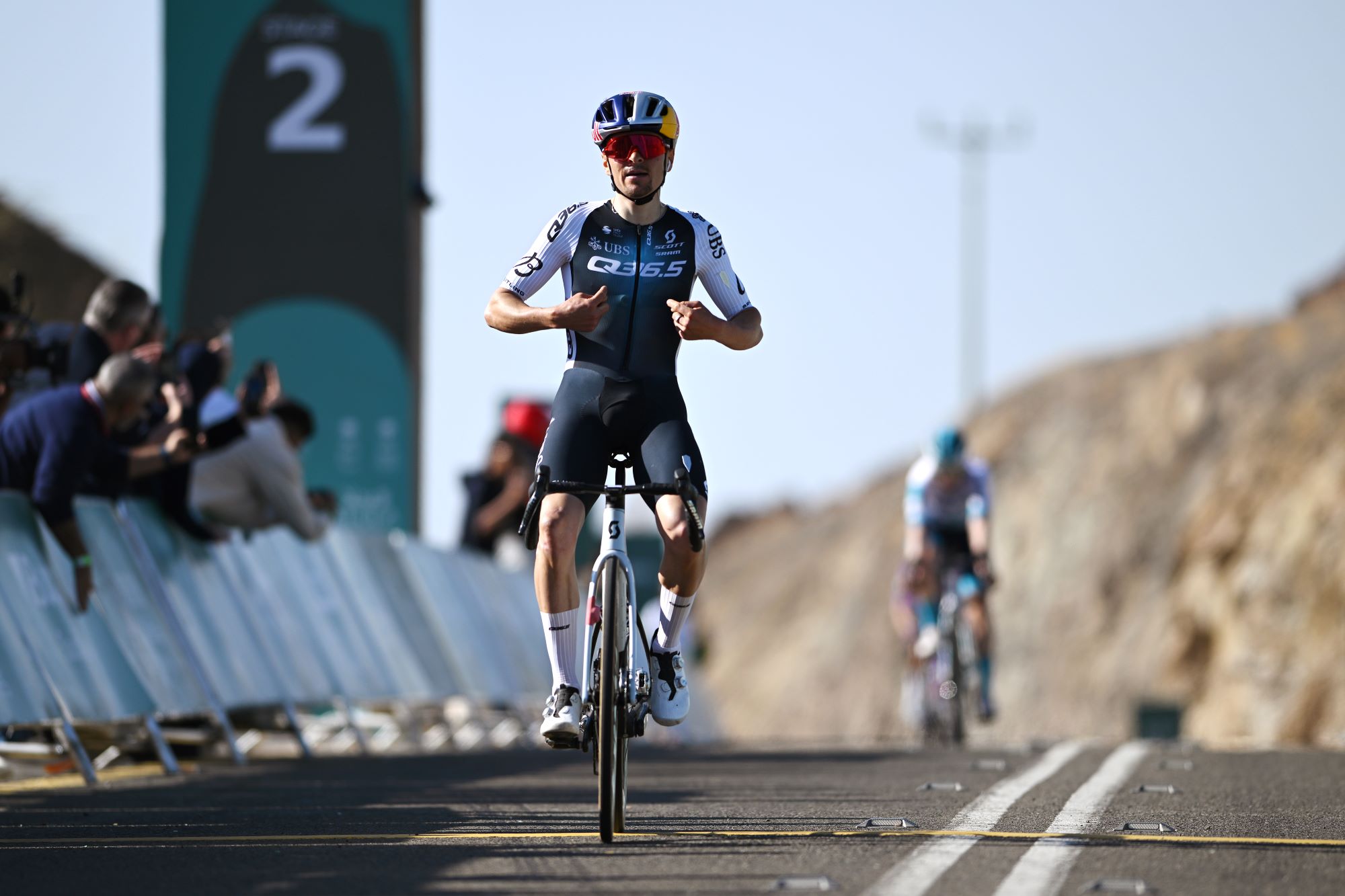 What does Q36.5 mean? We asked the people behind the Italian kit brand that sponsors Tom Pidcock's team
What does Q36.5 mean? We asked the people behind the Italian kit brand that sponsors Tom Pidcock's teamQ36.5's Luigi Bergamo and Lodovico Pignatti Morano take on Cycling Weekly's Q&A
By Tom Thewlis Published
-
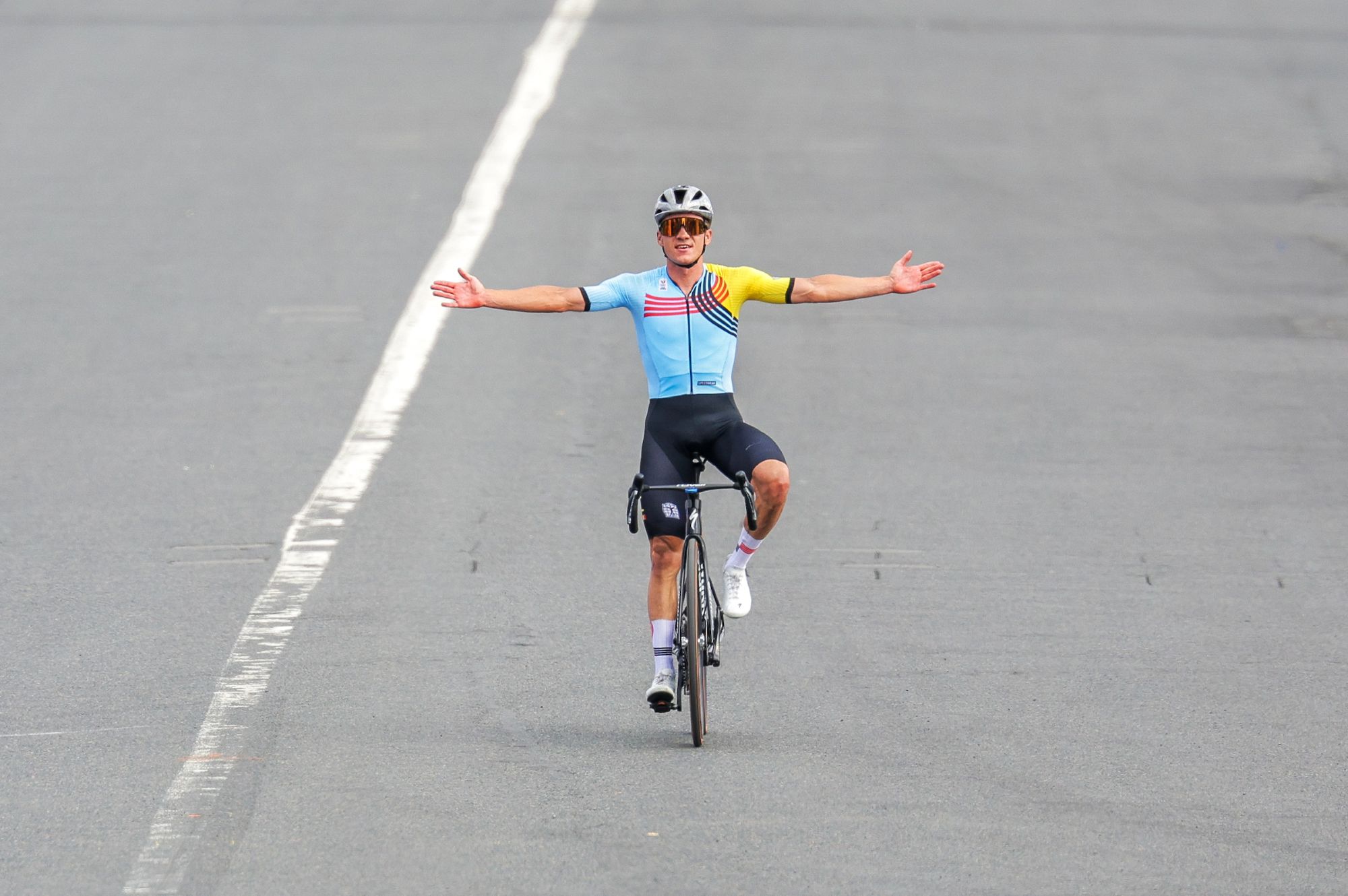 'If I were a tennis player then my career would be over': Remco Evenepoel contemplated early retirement after serious training accident
'If I were a tennis player then my career would be over': Remco Evenepoel contemplated early retirement after serious training accidentDouble Olympic champion was left with nerve damage and says his shoulder is not yet fully healed ahead of his return to racing at Brabantse Pijl
By Tom Thewlis Published
-
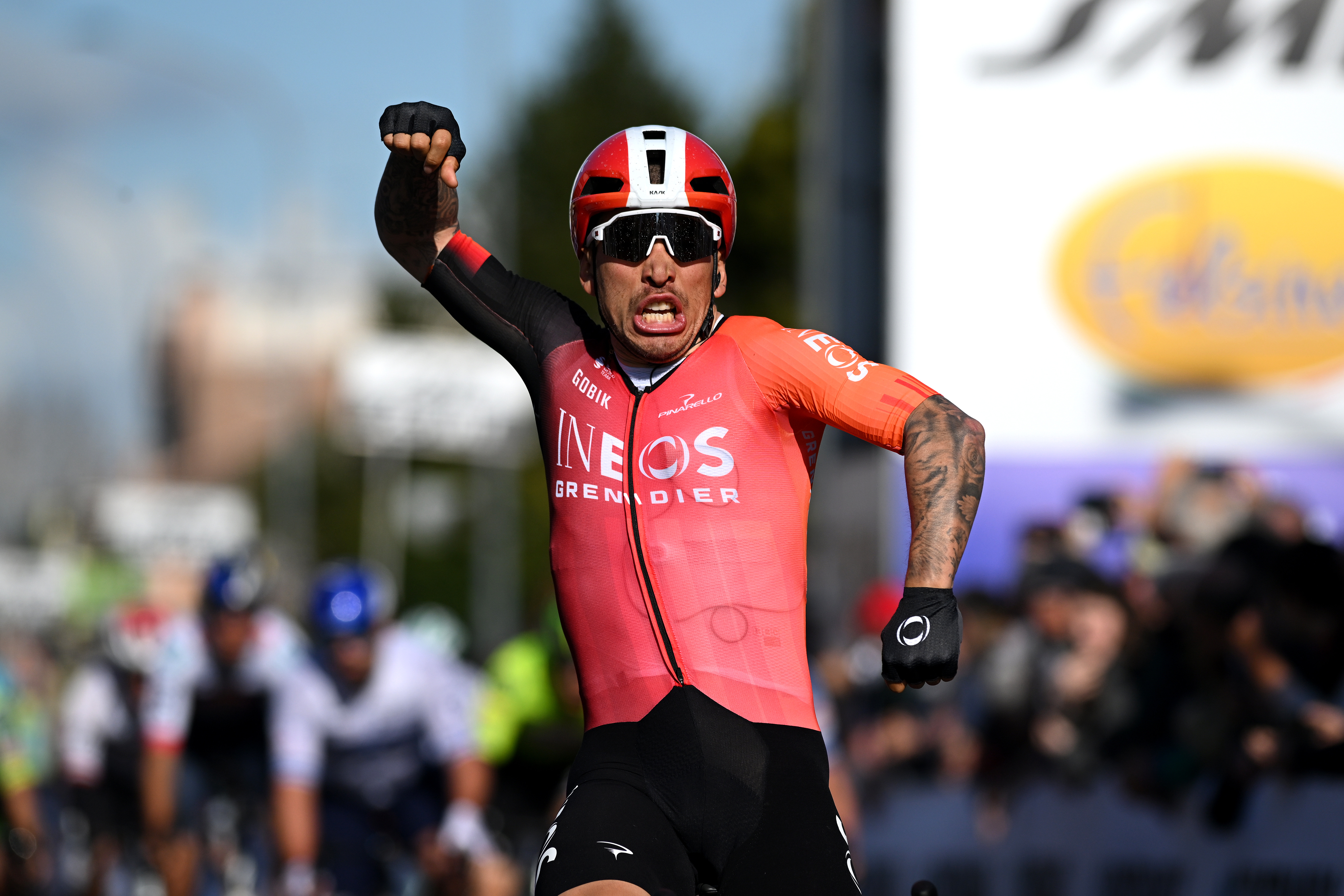 'It can really push me along' - How a velodrome comeback is making Caleb Ewan faster on the road
'It can really push me along' - How a velodrome comeback is making Caleb Ewan faster on the roadAustralian says he'll "definitely" continue track work after rekindling passion
By Tom Davidson Published